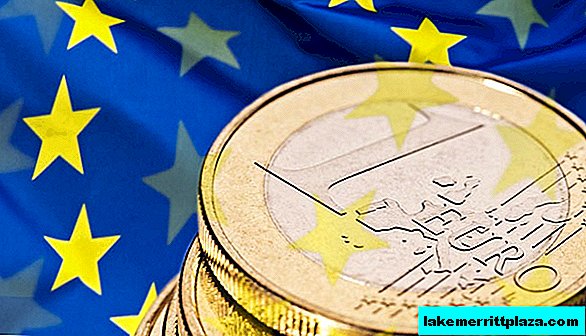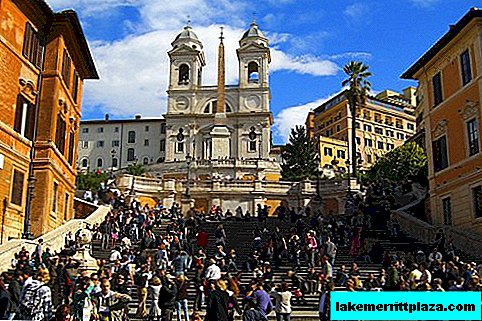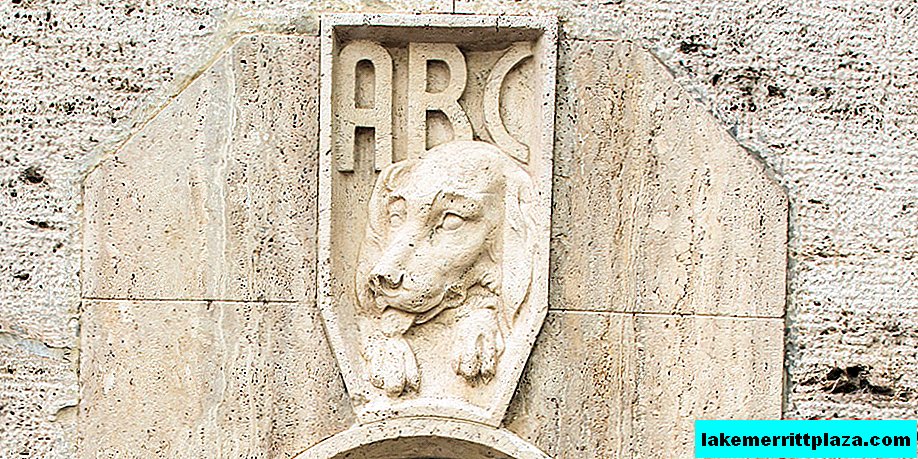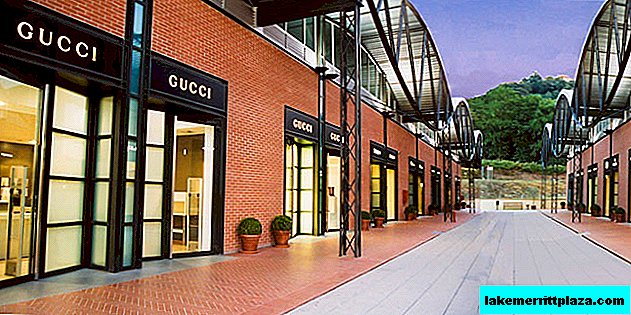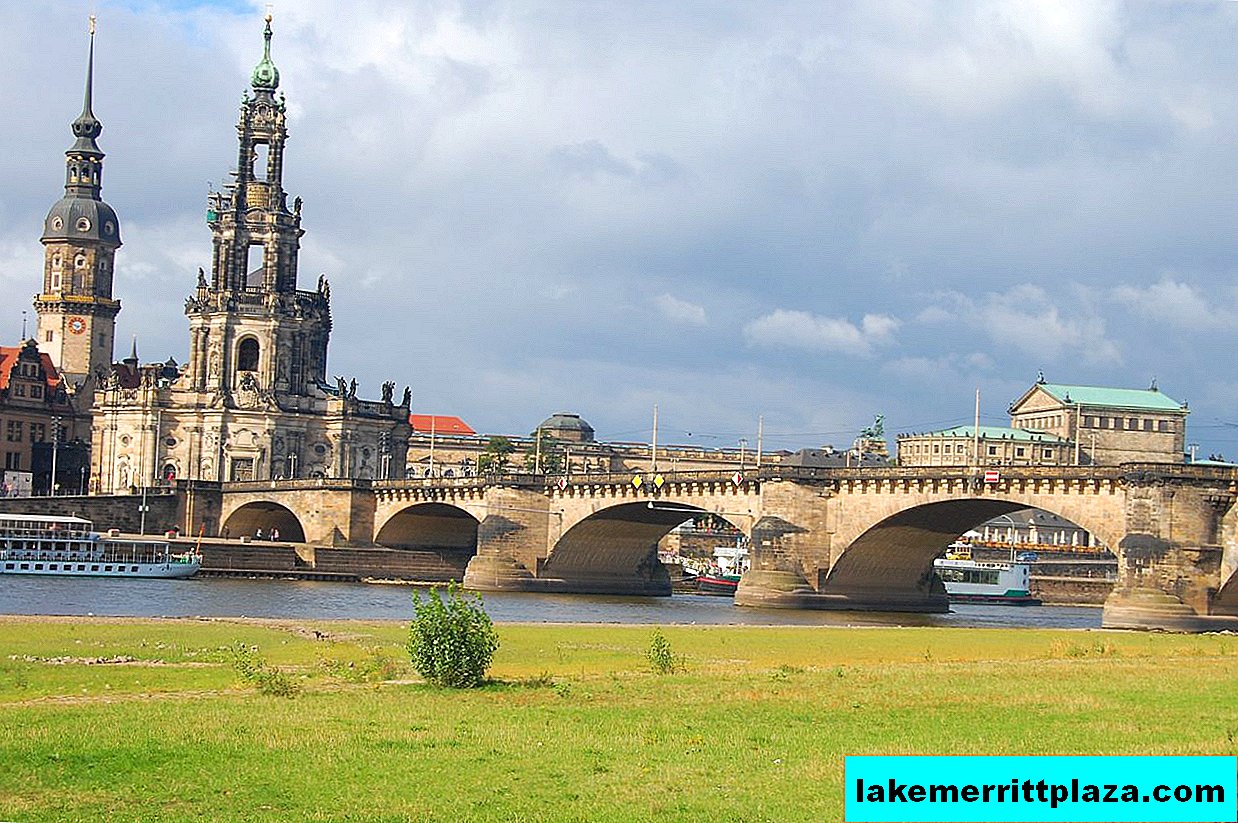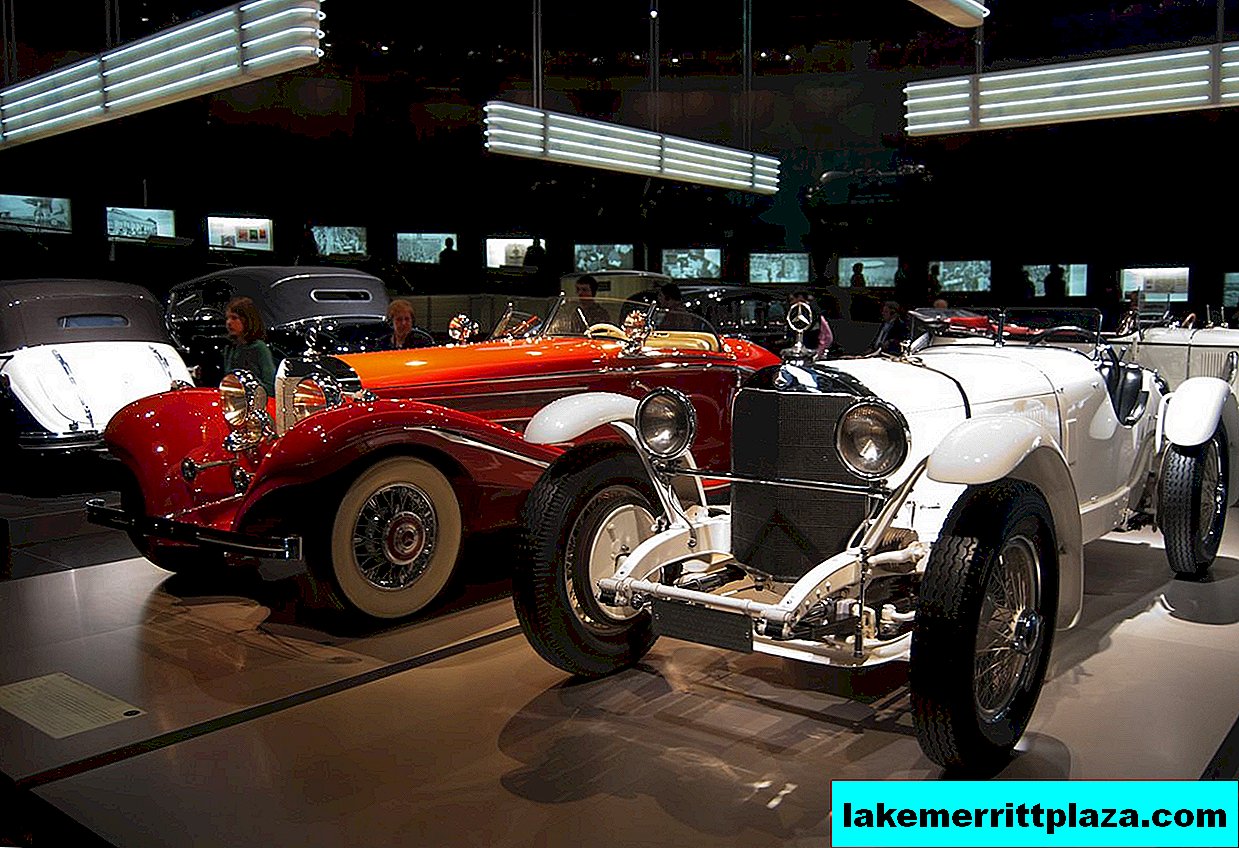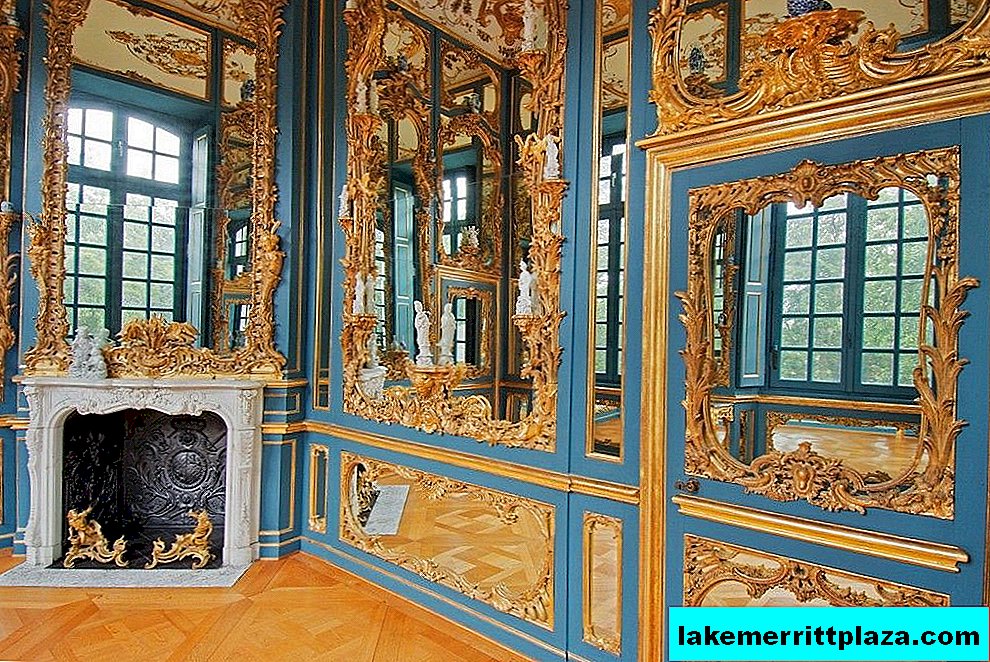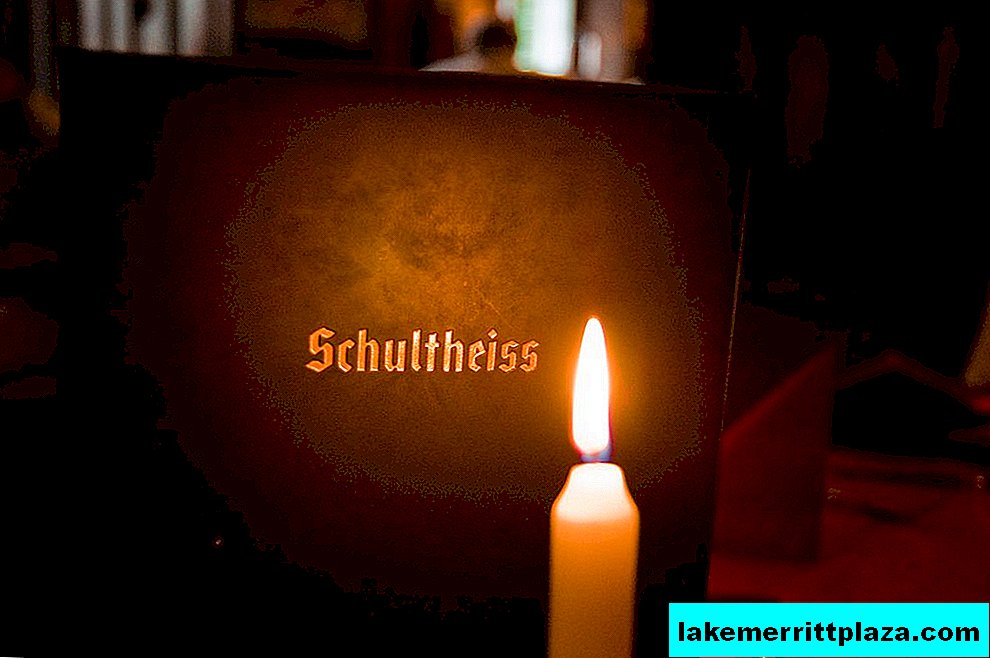St. Peter's Basilica in the Vatican is an important cultural attraction with many works of art, and at the same time - the main center of Christian shrines. Entrance to the cathedral is free.

St. Peter's Basilica (Basilica Sancti Petri) in Vatican
St. Peter's Basilica (Basilica Sancti Petri) in Vatican - a symbol of a small but powerful state, the world center of Catholicism. In the light of day, this temple looks solemn and grand. At night, in the rays of the searchlights, his powerful oval dome resembles the sail of a huge ship, directed to the sky.
All tourists come here. Piazza di San Pietro opened two huge colonnade wings in front of a giant basilica. Against the background of the calm greatness of the cathedral, you involuntarily feel your transience and insignificance.
The impression is enhanced when you enter under the high arches. The interior of the cathedral is flooded with light. Streams of rays pour from the dome space, as if blessing those who entered the temple. Those who are going to visit the cathedral should know: here they observe the "dress code". Shorts, mini-skirts, sleeveless shirts are not allowed (this is indicated at the entrance sign).

Holy Gate, photo by Vitold Muratov
Five gates lead into the cathedral. The far right is the Holy Gate. At normal times, they are bricked up with concrete. Open them in the anniversary years, with a special key, once every 25 years.
The cathedral is amazing with amazing harmony, strict proportions, sustained in large and small details. It is known that all the most prominent architects of Italy - several generations of architects - managed to participate in the construction of St. Peter's Basilica.




Construction began in 1506. The author of the first project was Bramante, then Rafael, Perutstse, Sangallo participated in the work. Michelangelo designed the dome design. Giacomo Porte and Vignola built a dome structure, Maderna extended the building and designed the facade. The project of the square in front of the church was developed in the 17th century by Giovanni Bernini, he also created amazing interior details.
The interior of the Cathedral
The cathedral is impressive already at the entrance. Among the elaborate gold patterns on the arches of the portico one can distinguish a variety of biblical images. If you stand in the portico facing the square against the main portal, then above the entrance to the lunette you can see the multi-color mosaic of the Jetto - Navicella.

Central nave

Throne of St. Peter
The space of the temple is concentrated around the central nave. At the very end of the nave is the bronze statue of St. Peter. Long-standing worship of believers left a mark on the sculpture - pilgrims kiss the saint's right foot. From an infinite number of passionate kisses, the metal of the foot smoothed and shines, as if polished.

Dome of the Cathedral

The inner surface of the dome space
The huge dome of the cathedral is an authentic architectural masterpiece. The giant building, which was built over thirty years, rests on four powerful pillars. These pillars are not simple; they have niches for storing holy relics.
The inner surface of the dome space is decorated with stunning openwork mosaic in gold, white and blue tones, depicting angels and seraphim. Mosaic trimmed all the arches and walls of the cathedral. The head goes round when you imagine how much time and effort the masters of the past spent on this magnificence!













Under the dome, above the papal altar, hangs a dark bronze canopy on four spiral columns. The construction looks small on the scale of the cathedral, but its height is almost thirty meters! This bizarre ciborium is Bernini's first work in the temple. Art historians consider it a standard of baroque. Behind the canopy is the impressive pulpit of St. Peter - also the work of Bernini.
There are many statues, chapels and altars, polychrome and gold mosaics, and skillful tombstones in the cathedral. To describe here all their ungrateful pursuits - this must be seen.
Pieta

Vatican Pieta, Wayne Lam photo
Pieta is Michelangelo’s great work “Mourning of Christ,” which is located in the first right chapel. From the meek and sad marble Pieta it is impossible to take your eyes off. Unfortunately, such powerful works evoke different feelings in everyone. In 1972, Pieta nearly died. A mentally unstable Aussie rushed at her with a hammer. After that, the restored Pieta was hidden behind a durable glass.
Observation deck
By a special elevator you can go up to the base of the dome, onto the internal balcony. From there, the entire altar part of the temple is viewed. From the balcony, a narrow curved staircase leads you to the top of the dome.
From the observation deck overlooks St. Peter's Square, the Vatican Gardens, the Church of St. Catherine, the ancient Tiber and the entire Eternal City in its stunning beauty and grandeur.
How do I save on hotels?
Everything is very simple - look not only at the booking. I prefer the search engine RoomGuru. He is looking for discounts at the same time on Booking and on 70 other booking sites.

